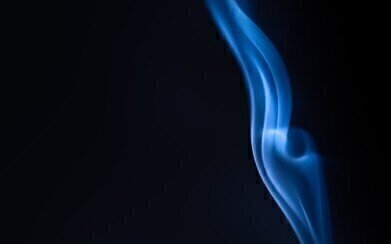Mass Spectrometry & Spectroscopy
How Does Flame Spectroscopy Work?
Apr 13 2022
Flame spectroscopy is one of the most useful analytical tools available to scientists, with the technique used across a range of fields. From pharmaceutical product development to environmental analysis, flame spectroscopy systems are a staple in laboratories around the world.
Below, we take a closer look at how flame spectroscopy works.
The fundamentals of flame spectroscopy
Like other forms of spectroscopy, the technique uses light to excite atoms and transfer them to a high energy level. As the name suggests, a flame is used to generate the energy needed to excite the atoms. Samples are generally prepared as solutions, which are sprayed or aspirated onto the flame. The heat generated by the flame vaporises the mist and excites atoms into higher electronic states.
As the unstable atoms return back to their ground state, they emit radiation. Different elements create different radiation patterns, which allows analysts to identify individual compounds present in the sample.
The anatomy of flame photometers
The specialised instruments used to carry out flame spectroscopy are called flame photometers. These measure the intensity of the light emitted by samples when introduced to the flame. Most feature built-in burners to generate a flame and maintain a constant temperature.
An integrated optical system uses a convex mirror to focus emissions towards the lens and transmit light emitted by the atoms. A photo-detector is used to measure the intensity of radiation and convert it to an electrical signal. Data is used to identify and quantify different elements found in the sample.
Detecting metals
Flame spectroscopy is particularly useful for identifying metallic compounds, as they separate into individual atoms when exposed to a flame. The radiation generated by metallic atoms is clearly visible on the spectrum, making flame spectroscopy a useful technique for identifying elements such as sodium, potassium, barium, calcium and lithium.
Applications for flame spectroscopy
- Heavy metal detection and analysis in toxicology laboratories
- Analysis of body fluids in clinical settings
- Quality control for pharmaceutical products
- Soil analysis for environmental studies
- Elemental analysis of fertilisers in the agricultural sector
- Detection of alloys and ferrous metals for industrial applications
- Detection of metals in oils and residual fuels
Flame spectroscopy isn’t the only technique available to scientists, with a variety of other spectroscopy types used in laboratories. Find out more about some of the most common, including X-Ray Spectroscopy, Atomic Absorption Spectroscopy (AAS) and UV-Visible (UV/VIS) Spectroscopy in ‘What Are the Different Types of Spectroscopy’.
Digital Edition
ILM 49.5 July
July 2024
Chromatography Articles - Understanding PFAS: Analysis and Implications Mass Spectrometry & Spectroscopy Articles - MS detection of Alzheimer’s blood-based biomarkers LIMS - Essent...
View all digital editions
Events
Jul 28 2024 San Diego, CA USA
Jul 30 2024 Jakarta, Indonesia
Jul 31 2024 Chengdu, China
ACS National Meeting - Fall 2024
Aug 18 2024 Denver, CO, USA
Aug 25 2024 Copenhagen, Denmark



.jpg)
24_06.jpg)













